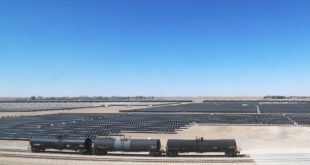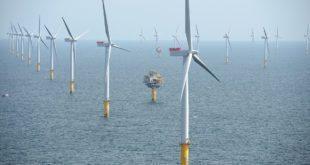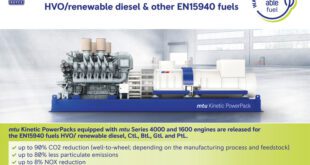When it comes to selecting a wind turbine, things are never as straight forward as they initially seem. There is a plethora of machinery coming into the market with fittings and features claiming to be better than the next wind turbine so how do you go about selecting the right turbine for you. In this article we look at one of the key factors, the manufacturer’s performance figures.
Assuming you are grid connected and you can take advantage of feed in tariffs, you might be tempted to go for a bigger wind turbine than you need in the hope of not only putting a big tick on your chart for sustainable living, but also making a few quid along the way. My only comment on this is that feed in tariffs (FiTs) rely on governments who can change their minds at a moment’s notice. Spending more than you need in the belief that governments are honourable is a risky business, but then maybe I’m just cynical. FiTs in the UK will let you install a wind turbine up to a 50kWh so there is plenty of scope in this area. A friend was looking at installing a 50kWh wind turbine for this very reason but after serious thought (this was going to be in excess of £300,000) he settled on an 11kw Gaia wind turbine. This should still produce far more than his personal requirement and give him a financial bonus. I remain to be convinced of his financial argument but will monitor his data and update readers when it is available.
Once you have decided roughly the size you require, then it’s a matter of sifting through the sales blurb and analysing the main features and benefits of each machine. For me, the most important piece of information is the performance data as this shows how much energy you will produce. If you have monitored the wind for a reasonable period (at least 3 months, preferably 6 months to a year) you can use the performance data to see how much power you would generate in your particular location. As an example, a 5kWh Evance wind turbine would give you 4739kWh in a year for an average wind speed of 4m/s (9mph), 8780kWh at 5m/s (11mph) and 13186kWh at 6m/s (13.5mph). I hope you can see the significance of small increases in wind speed from these figures. For this reason it is essential that you monitor the speeds at your site – don’t just accept the government’s wind speed figure for your grid reference – it can be very inaccurate for a particular site.
Knowing how much wind we have takes us to another crucial piece of information, the cut-in wind speed. This is the speed where you start generating power. Staying with the Evance wind turbine, the figure is 3m/s (6.75mph). Very little is generated at this speed, just 14 watts an hour but from this point any increase in wind speed will cause a large increase in power generated. For the technical types, the available energy from the moving air molecules is proportional to the cube of their speed. What this highlights is how misleading the rated power figure is. For the Evance the rated power is 5kW @12m/s (26.8mph). As we don’t often get that sort of wind speed, the 5kw is simply an arbitrary figure. If you look at the 11kW Gaia then the 11kWh is produced at 9.5kWh (21mph) with a cut-in speed of 3.5m/s (7.8mph). Wind turbine manufacturers are not giving you ratings at the same wind speeds. I don’t want to get bogged down in figures here but hopefully this demonstrates that you really do need to look at the power figures from the turbines of interest and match them to your wind data. This is the only way you can compare how much power you can generate from the different wind turbines. For example, you might assume that a 5kW wind turbine will not produce as much as a 6kWh model but when you analyse the date this isn’t always so.
Performance is just one aspect of selecting a wind turbine. There is an expanded version of this article which gives more information on our website http://www.realityGreen.co.uk
 Alternative Energy HQ solar power for homes, wind energy, and bio fuel issues
Alternative Energy HQ solar power for homes, wind energy, and bio fuel issues







